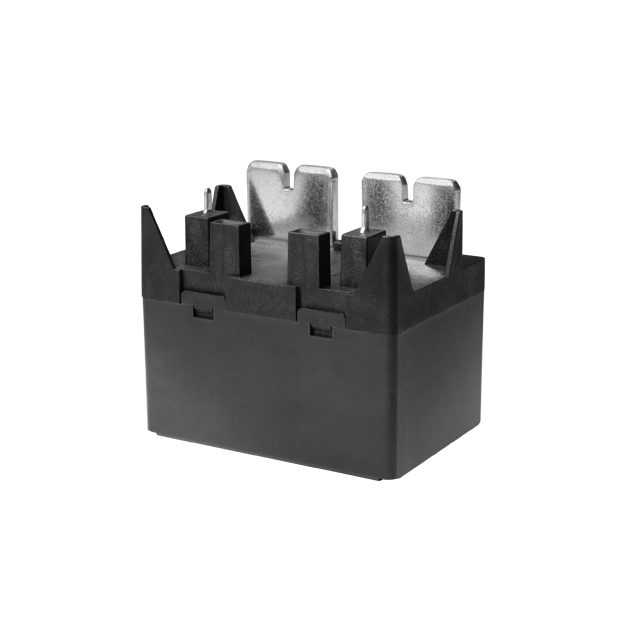Relays are crucial components in electrical systems, serving as switches that control circuits by responding to changes in electrical conditions. Their role in safeguarding electrical devices and systems cannot be overstated. In various industrial, automotive, and residential applications, relay safety features are designed to ensure not only the protection of the equipment but also the safety of the operators and the general public. In this article, we will explore the key safety features that make relays essential for reliable and secure operation of electrical systems.

1. Overload Protection One of the primary safety features of relays is overload protection. In an electrical system, when the current exceeds a certain threshold, it can cause overheating of wiring, damage to components, and potentially even fires. Relays with built-in overload protection are designed to detect when the current flow surpasses safe operating limits and immediately disconnect the circuit to prevent damage. This feature is especially important in motors, transformers, and other high-power devices that are prone to overloading due to mechanical failures or operational mistakes.